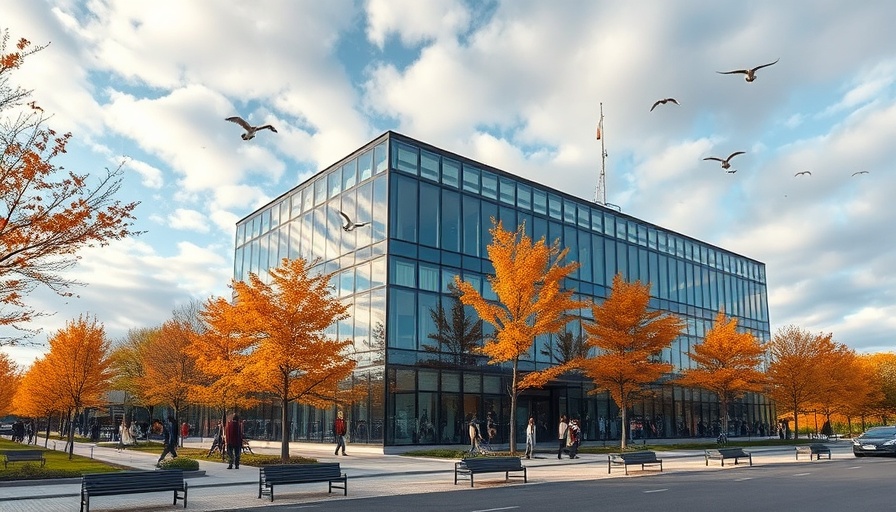
Revolutionizing Manufacturing through Cutting-edge Design
Maine is setting the stage for the future of manufacturing with the groundbreaking construction of the Green Energy and Materials Factory of the Future (GEM building) at the University of Maine. This ambitious research facility, designed by architecture studio Grimshaw in collaboration with SMRT and Thornton Tomasetti, promises to integrate state-of-the-art technological advancements with bio-based manufacturing processes.
The Power of Bio-based and AI-enabled Manufacturing
The GEM building will focus on large-scale bio-based additive manufacturing, leveraging artificial intelligence to push the boundaries of what's possible in fabrication techniques. The facility is designed to encourage interdisciplinary collaboration among students, professors, and researchers. In a world where technological fluency is paramount, this space aims to foster the next generation of tech-savvy engineers and architects.
Design and Features of the GEM Building
Architecturally, the GEM building will feature a mass-timber frame with metallic panels and a striking glazed entrance. Inside, large open manufacturing bays, illuminated by natural light, offer ample space for fabricating components as large as 60 by 100 feet. The building will also feature laboratories and robotic workspaces, making it a hub of innovation and learning.
Relevance to Remote Workspaces
For digital nomads looking to create efficient and comfortable remote workspaces, the GEM building symbolizes the marriage of technology and functionality. It demonstrates how thoughtful design can incorporate technological advancements to enhance productivity and collaboration, lessons that can be applied to any working environment.
Future Predictions and Trends
As the GEM building nears its completion in summer 2026, it is set to act as a beacon for the future of sustainable and high-tech manufacturing. This facility is expected to inspire similar projects around the world, focusing on environmentally friendly practices and cutting-edge technology. Such trends point toward a future where workspaces will not only be more efficient but also more eco-conscious.
 Add Row
Add Row  Add
Add 




Write A Comment